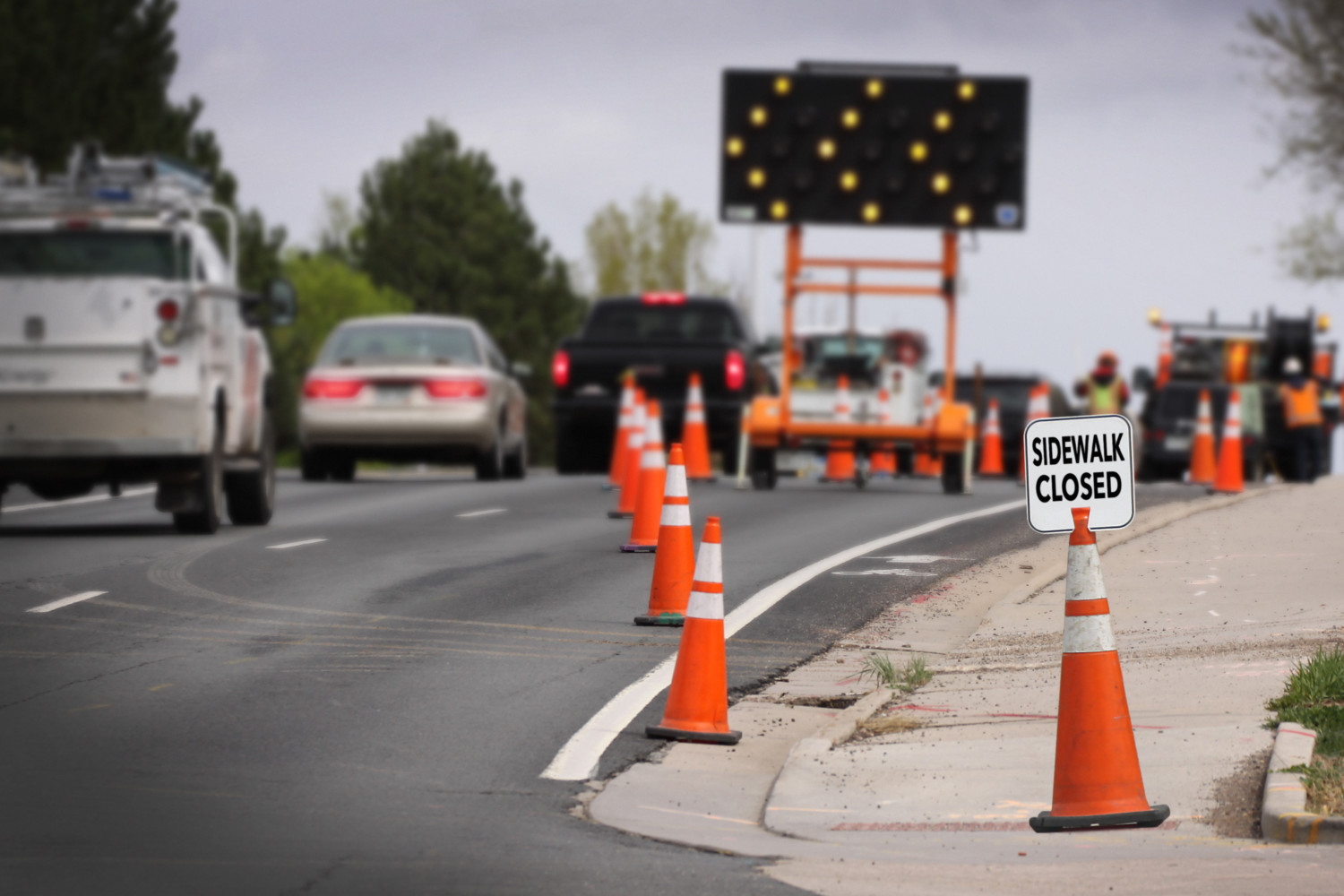If you’re in a hurry to get somewhere, there’s one sign you don’t want to see along the highway:
“Left (or Right) Lane Closed Ahead.”
In most driver’s education classes, we’re taught to be polite and get out of the closed lane as early as possible. That works fine when there aren’t many cars on the highway and you can merge whenever you feel like it.
But most urban highways are so congested that hurried drivers would love nothing more than to keep traffic flowing. In these conditions, do you merge right away and get it over with, or do you stay in your lane and wait until the last second to merge?

What Is The Zipper Merge?
Merging early is like waiting in line at the deli — you wait your turn to go through the construction zone like everyone else. But merging late can feel like you’re cutting the line.
According to multiple studies, though, it turns out you’re supposed to wait until the last minute and execute a zipper merge.
Let’s say you merge 100 feet too early. That means you’re forcing traffic to back up farther, and there’s 100 feet of free highway space that could be filled with cars.
What’s worse: You’re more likely to cause an accident. If you merge early, other cars might not realize you’re merging and run into your bumper. Cars in the closed lane are driving fast to get up front, while the other lane is slowly moving along like a turtle. These variations in pace can cause more accidents.
With the zipper merge, you stay in your lane and move over at the last second, with drivers from each lane alternating entry to the single lane. It’s the most efficient method of merging. This tweet from a police inspector in Scotland shows how it works:
How is this so difficult for people to understand?! #ZipperMerge pic.twitter.com/z3tkU7ZwPs
— Northern Response (@west_response) October 2, 2019
From above, it looks like a zipper being zipped up, since every other car takes their turn through the open lane. Studies say this can reduce congestion by 40% while also causing fewer accidents since every car is going the same speed.
Some states, including Kansas and Minnesota, are trying to educate their drivers to use the zipper method. Kansas has a funny video about it:
Traffic Is Really, Really Bad For You
Not only does sitting in traffic put one in a bad mood, but according to a study from the University of Surrey, when you’re stuck in a big traffic mess, pollutant levels can be up to 40 times higher than when traffic is moving.
Why? Pollution is going to be more concentrated when all the cars are jammed up together, as opposed to moving down the highway.
The study points out that the World Health Organization has placed outdoor air pollution among the top 10 health risks faced by humans, noting that it is linked to 7 million premature deaths a year. Car exhaust is one such pollutant.
RELATED: Here’s The Purpose Of Those Sidewalk Bumps
This story originally appeared on Simplemost. Checkout Simplemost for additional stories.


